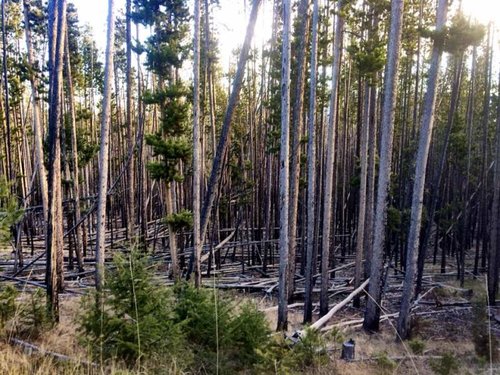jryoung
Well-known member
This video has popped up in my facebook feed a couple of times over the past couple of months and I finally found a shareable link (for those without FB). This seems like a good program to remove beetle killed spruce. All the positives are highlighted in the video, demand for the product, lower fire risk etc. etc.
Are there any downsides to this type of treatment? Is the fire risk still as high as the trees dry out and needles fall? What about the loss of biomass is there a threshold where it is not beneficial?
https://www.youtube.com/watch?v=YpB-VHCSOaM&feature=youtu.be
Are there any downsides to this type of treatment? Is the fire risk still as high as the trees dry out and needles fall? What about the loss of biomass is there a threshold where it is not beneficial?
https://www.youtube.com/watch?v=YpB-VHCSOaM&feature=youtu.be





